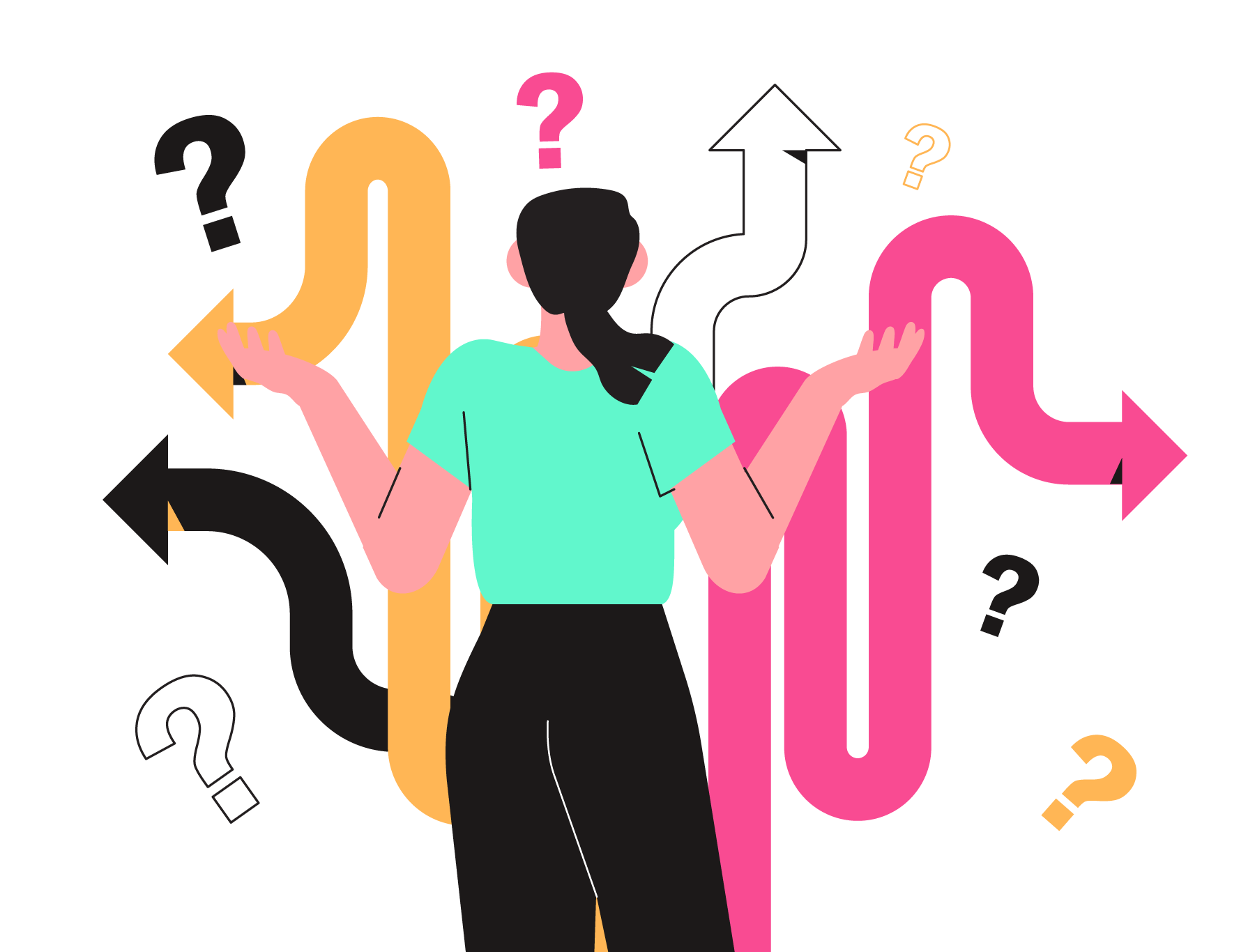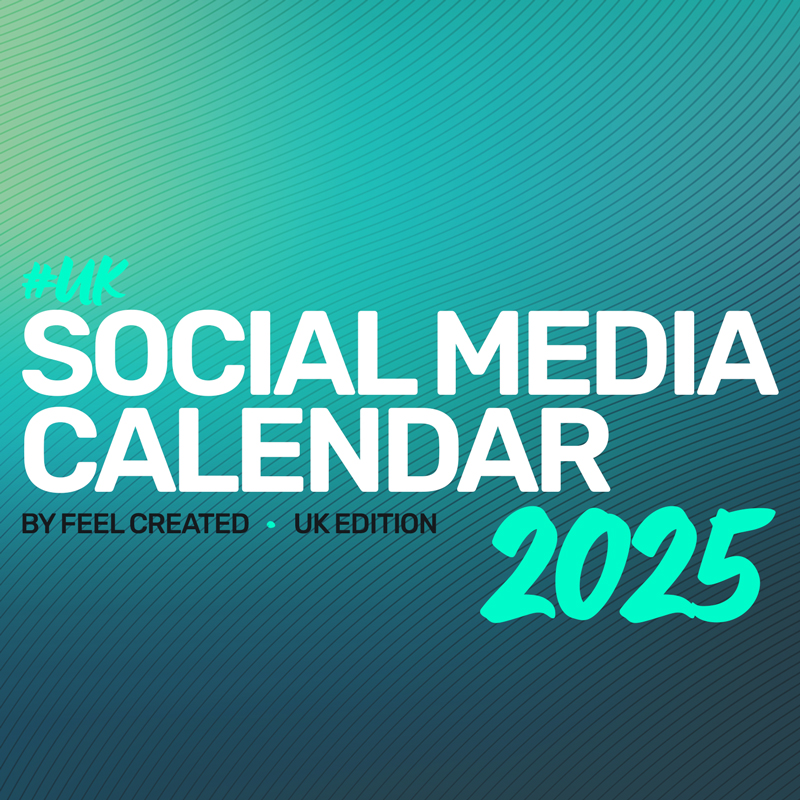- Sans serif fonts are easier to read than serif fonts.
- Fonts that resemble handwriting look great. But they can be difficult to read on smaller devices.
- Make headers and subheads in a large, clear font.
- Make sure the contrast is right between the font and the background.
- Test out your choices on different devices.
- Make sure there’s plenty of white space. So, the page doesn’t feel overcrowded and cluttered.
And don't throw bricks at your audience. Keep paragraphs to four lines or fewer. Otherwise, when people look at your website on a mobile, they're even longer. Huge bricks of writing can be really off-putting for your audience.
Following these pointers would be a good start:
- Never use a long word when a short one will do.
- Keep sentences under 20 words, if possible. But never over 25, unless you can’t avoid it.
- Meet your readers where they’re at. Write in the language your ideal customers use and identify with. Understanding the tone of voice for your brand plays a key role in all great website copy.
- Try to avoid the passive voice. Sometimes you need to use it, but use the active voice instead, where you can.
- It’s fine to start sentences with conjunctions (and, but, or). And it’s a myth to think they’re grammatically incorrect. Plus, in the age of web copy, it really helps with readability.
- Link features to benefits. People only understand great features if they can relate them to themselves.
- Plan your messaging around your ideal clients’ needs, desires, or pain points. Offer them solutions to their problems. Paint a picture of how your product or service will improve their lives.
- Think about who your target audience is and what they like.
- Take a look at your competitors and leaders in your industry for design inspiration.
- Research the meanings and emotions attached to different colours. Too much red can be quite oppressive. While blue can signal confidence, knowledge, and serenity.
Pick two or three main colours for your website that complement each other. You can use tints and shades to lighten and darken them where you need to.
If you’ve got the budget to work with a designer, they’ll help you through this stage. They’ll incorporate your palette into your scheme, and look at aesthetics as well as user experience (UX) and conversion best practices.
If you’re a beginner DIY-ing your website, it’s easy to set up your colour palette. Most content management systems (CMS), like WordPress, let you do this. This way you can keep the look and feel of your website consistent no matter which page site visitors land on.

Image size and type
Large images can cause your loading time to increase. So, you’ll want to look at the images on your website and make sure they aren’t bigger than they need to be. The smaller, the better. But try and keep them well under 1MB.
And make sure images are in a format that works well on the web (PNG, JPEG, GIF or SVG).
Now, you’ll want to find the balance between acceptable quality and file size. So, consider this when choosing your file type. Beware of other file types as some are not supported by all browsers.
Lazy loading
You can use lazy loading to speed up your page’s initial loading time. It works by delaying some items on your page from loading until they’re needed.
For example, you can put off the loading of an image near the bottom of your page until the user scrolls down.
Plugins
Plugins can also slow your website down. So, make sure you’re not using any more than necessary. Here at Feel Created, we build bespoke WordPress websites. And we avoid using plugins wherever possible.
There are some exceptions to this: the Yoast plugin for SEO, for example. But generally speaking, we keep plugin use low to help your website performance be the best it can be.

















